SamCart vs WooCommerce 2025 Comparison
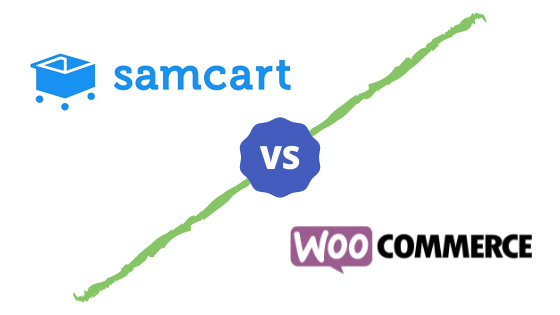
Have you been comparing Samcart and Woocommerce to decide which of the two is better for your business? We have you covered.
Though both software strive to improve the shopping and buying experience for buyers and sellers, they are still different in their features, pricing, and more. That’s why, we’ll compare the two platforms on factors such as ease of use, page and funnel templates, reporting, integration, analytics, and more.
Before we dive in, note that WooCommerce offers a 30‑day free trial while SamCart offers a 14‑day free trial.
Note: The special offer that extended SamCart’s free trial (valid until November 2021) has now expired. Please check SamCart’s website for any current promotions.
What Is SamCart?
Samcart is an easy-to-use shopping cart platform that can be integrated into your existing websites to provide a streamlined buying experience for your customers. It also comes with many checkout page templates and funnels for handling the checkout process and staying on top of its performance.
What Is WooCommerce?
WooCommerce is a WordPress plugin that converts WordPress sites into eCommerce stores for monetization.
Though the plugin itself is free, you’re charged for using some of its features.
Key Conclusion
At a glance, go for Samcart,
- To build a high-conversion checkout page as it comes with split-testing features
- When you want advanced reporting and analytics to improve your conversions
- If you have no technical or coding knowledge
- If you’re selling multiple items, as it supports upsell and cross-sell for higher sales.
On the other hand, go for WooCommerce if you want to,
- Convert or integrate an existing WordPress site into an eCommerce store
- Hire technical experts or have that knowledge yourself
Feature Comparison Between SamCart And WooCommerce
Samcart comes with many features that create a streamlined and high-converting shopping cart.
It comes with advanced A/B testing which means you can test your shopping cart and its conversion rate at all times, and make changes to the design and layout when needed.
Who Has A Better Shopping Cart Functionality?
Samcart comes with many features that create a streamlined and high-converting shopping cart.
It comes with advanced A/B testing which means you can test your shopping cart and its conversion rate at all times, and make changes to the design and layout when needed.

This feature can help you to understand the behavior of customers and the reasons for cart abandonment, so you can tweak it accordingly to increase the conversion rates, and ultimately make more sales.
Samcart integrates well with email marketing. Anytime a customer buys something, he or she can be added to your email list, provided the buyer consents to it. Also, the auto-responders send reminder emails to your customers about the items that are in the cart and this reminder can make them come back and purchase.
Further, you can integrate your shopping cart with a membership tool as well to quickly create subscriptions for buyers.
Moving on to WooCommerce, its shopping cart is reasonably well-developed but doesn’t have the extensive features that Samcart has. It’s simply not a true Samcart competitor in this area. However, the one good aspect of WooCommerce is there are many plugin extensions and integrations that can give the functionality you seek, but it requires technical and coding knowledge.
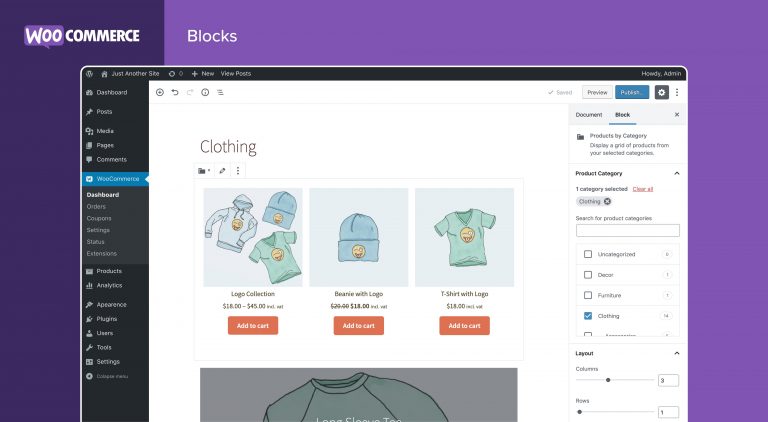
Also, this is a WordPress plugin that works well only with WordPress sites.
So, which of the two is better? The evident answer is Samcart because it comes with many features out-of-the-box and doesn’t require any complicated coding.
Can These Platforms Sell Both Digital And Physical Products?
Both Samcart and WooCommerce can sell physical and digital products.
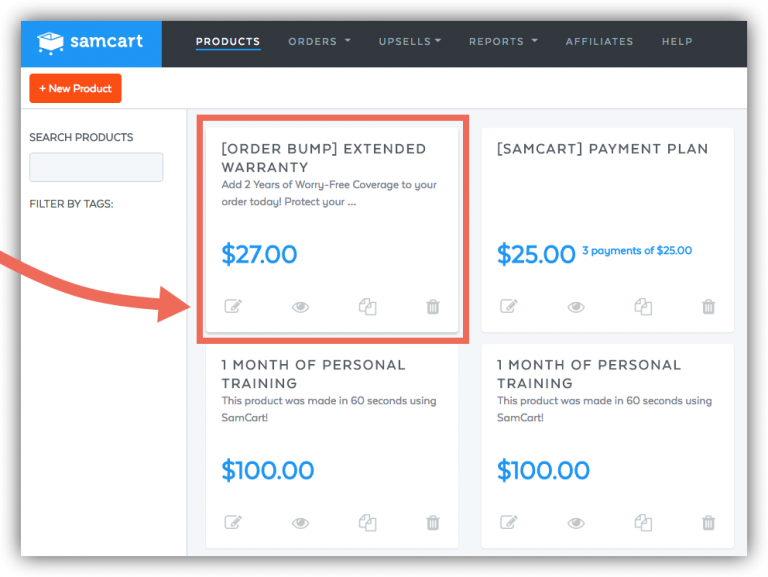
Besides, Samcart makes it easy to sell membership and drip-content while WooCommerce helps to sell affiliate products from other marketplaces as well. With WooCommerce, you can sell anything provided your site is a WordPress one.
Another key question is whether you can sell multiple products? With SamCart, the answer is a yes because it offers upsells and cross-sells that help to showcase your other products and possibly even bundle it all together for a higher price.
While WooCommerce supports upsells, it’s more suited for selling a single product.
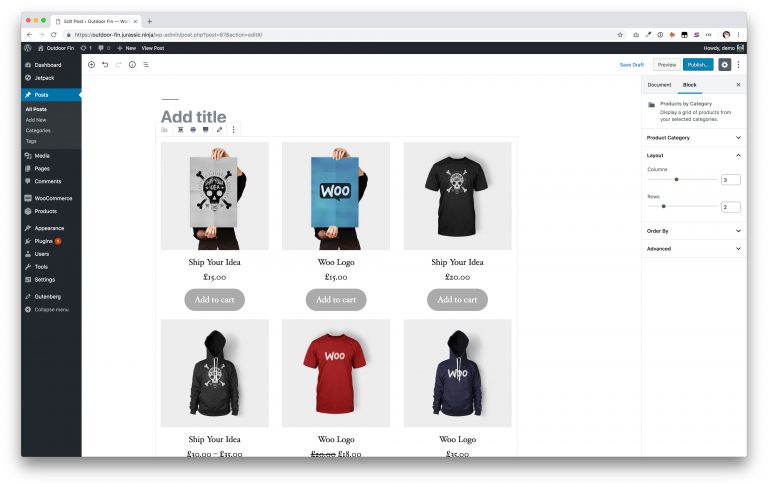
When you compare the two, Samcart is the best choice of the two when you want to sell multiple products while Woocommerce is a better choice when you want to sell from a WordPress site.
Page And Funnel Templates
Samcart comes with a wide range of page and funnel templates that are readily available for your checkout pages. These templates are optimized for conversion and can be customized as well to meet your specific needs.
There are many cart choices as well. While some can be embedded in the page, others can be created as pop-ups. Such diverse options give a lot of flexibility and versatility.
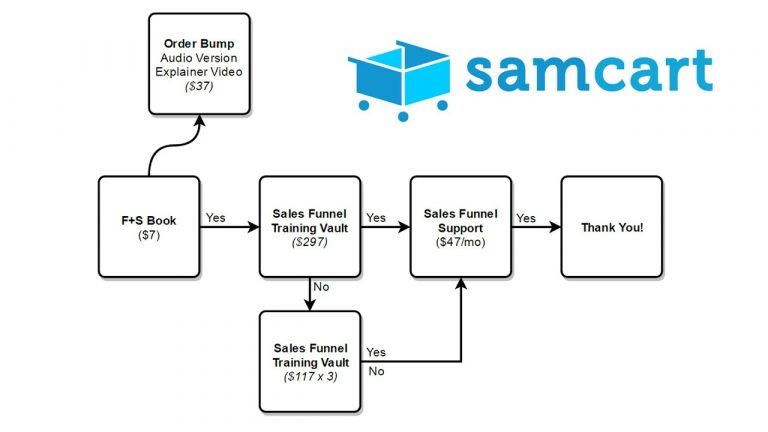
Samcart’s split testing feature coupled with a simple drag and drop editor makes it easy to build checkout pages that are highly converting and at the same time, enticing for buyers.
As for Woocommerce, it allows you to create sales funnels, but they are not as intuitive as Samcart and you don’t have a lot of options. And of course, no split testing, so you can only create standard pages.
Further, Woocommerce templates may also require other plugins like Cartflows to design a landing page, and this entails more cost, time, and effort.

Given these aspects, Samcart is the hands-down winner when it comes to page and funnel templates.
How Easy Are They To Use?
Samcart is an intuitive product that requires no coding or prior technical knowledge. Its drag and drop editor makes it easy and quick to create checkout pages within minutes.
Integrations with other services are fairly standard and can be done by anyone, even beginners who have no prior knowledge. To top it, Samcart has many helpful videos that provide clear instructions on how you can create and customize checkout pages and carts.

WooCommerce, on the other hand, is a WordPress plugin and requires some level of coding and technical knowledge. In fact, many businesses hire WordPress programmers for smooth integration and this could cost you some extra money.

Though from a buyer’s standpoint, both tools are easy to use, the same can’t be said for the seller. WooCommerce requires way more effort to set up and integrate with existing WordPress sites while Samcart requires no such knowledge.
Hence, from an ease of use standpoint, Samcart is the hands-down winner.
Can They Help Boost Sales?
Samcart comes with a host of features designed to boost sales, such as order bumps, upsells, and cross-sells.
Order bumps are products that are displayed at the time of checkout and a customer can add this to the existing order with just a single click. Upsells are similar to order bumps, except that they could be made as a pop-up at the time of checkout. Also, upsells tend to be of higher value.
Finally, cross-sell is a strategy where you display products related to the ones in the cart, to entice customers to buy a few related additional products.
Coupons and discounts are also great tools for boosting sales as it rewards clients and makes them come back for more. In Samcart, adding discounts and coupons is a breeze as all that you have to include is a description of the coupon, the duration for which it is valid, and the exact offer.

The rest are automatically handled by the platform, and no extra effort is needed from your end. Likewise, you can easily add free or trial offers to increase the possibility of a sale.
Once the sale is completed, the customer is added to your mailing list (with prior consent) and managed by integrating Samcart with tools such as Aweber or MailChimp.
WooCommerce is not easy to customize. To give you an example, you must change the code of the Generate Coupon Code function to implement customizations.
Which of the two is better? Samcart again because it is easy to set up and manage, and requires no code-level changes.
Reporting And Analytics Feature
Samcart allows you to collect metrics to know where your sales are coming from and you can accordingly modify your marketing strategy. Specifically, it stores and tracks Medium, Source, Campaign, and Content parameters to give you insights into the origin of a sale.

You even have the option to pass these parameters to other integrations like Zapier or export them to other formats.
Samcart generates a Traffic Report to tell you the number of orders, revenue from each order, and the date of order. This report can be handy to compute performance trends.
Besides these parameters, Samcart also integrates with Facebook Pixels and Google Analytics to give you deeper insights into the performance of your checkout pages and the behavior of your customers, all of which can help you create the right marketing strategy.
Like Samcart, WooCommerce also provides metrics and integrates with Google Analytics and other integrations in the WordPress ecosystem. It also generates reports for developers, but exporting all this data and sharing it with other applications is hard without the help of developers.
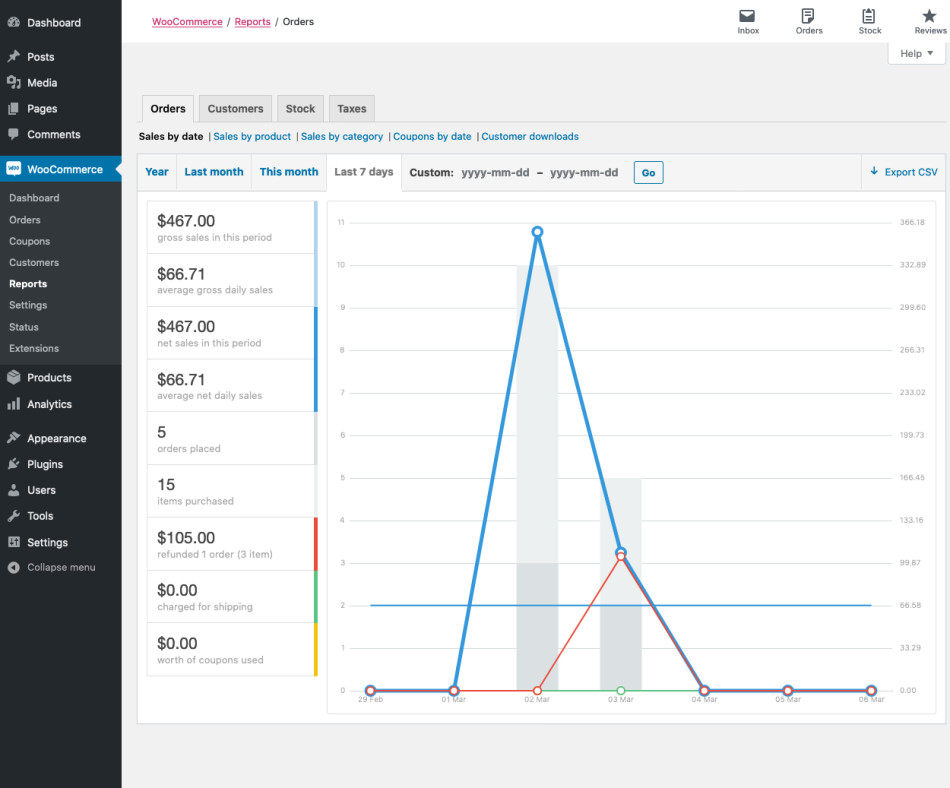
In all, both tools generate good analytics and reports, but Samcart is better from an ease of use standpoint.
Integrations Available
Samcart natively integrates with a ton of tools like Kajabi, Aweber, and more, and also connects to thousands of apps through Zapier.
Similarly, WooCommerce integrates well with other apps in the WordPress ecosystem. WooCommerce is also highly scalable, thanks to the WordPress Repository, and can work well with all service tools that have the Representational State Transfer API.
However, WooCommerce doesn’t integrate well with tools that are not a part of the WordPress ecosystem.
Also, Woocommerce and Samcart don’t integrate well.
Customer Support And Community
You can reach Samcart through email, chat, assistance center, or even through social media pages like Facebook, and the response is quick. Also, there’s a vibrant community that answers questions about problems or issues that you may face.
Samcart has a thorough knowledge base too, including many videos that answer frequently asked questions and issues.
WooCommerce offers support through the larger WordPress community. Besides this community support, WooCommerce does not offer any specialized support through email or phone.
When you compare the two, Samcart undoubtedly offers better customer support.
What Is The Key Difference Between SamCart And WooCommerce To Note?
In essence, Samcart is a complete and standalone shopping cart platform where you can create checkout pages and process payments while WooCommerce is more an eCommerce open-source platform that’s built on WordPress.
What Tools Are Available On Samcart And Not On WooCommerce?
Some of the tools available on WooCommerce, but not on SamCart are:
- Taps into the WordPress Repository
- Integrates with all WordPress plugins
- Open-source, so the code can be customized to meet specific requirements
- Supported by a large community
Samcart Vs WooCommerce Pricing And Transaction Fees
The basic version of WooCommerce is open-source and free, but if you need additional features, you have to pay for them.
Samcart pricing includes 3 plans, and they are:
- Launch – $49/month
- Grow – $99/month
- Scale – $199/month
Though Woocommerce may seem like an economically viable choice given that it’s free, the truth is Woocommerce works only with WordPress sites, so it costs about $10/month to make the plugin functional.
The basic version is never enough, so you’ll have to spend about $200 per year for small sites and about $1000 a year for large eCommerce sites to make them more appealing. That’s roughly about $84 a month, bringing the total to about $94/month.
At $99/month, Samcart offers way more features and is easier to use, making it a better value for your money.
Conclusion
If you have a WordPress site and want just a simple eCommerce functionality added to it, choose WooCommerce. In all other cases, choose Samcart.
This post may contain affiliate links and we may earn commissions. Learn more in our disclosure.

